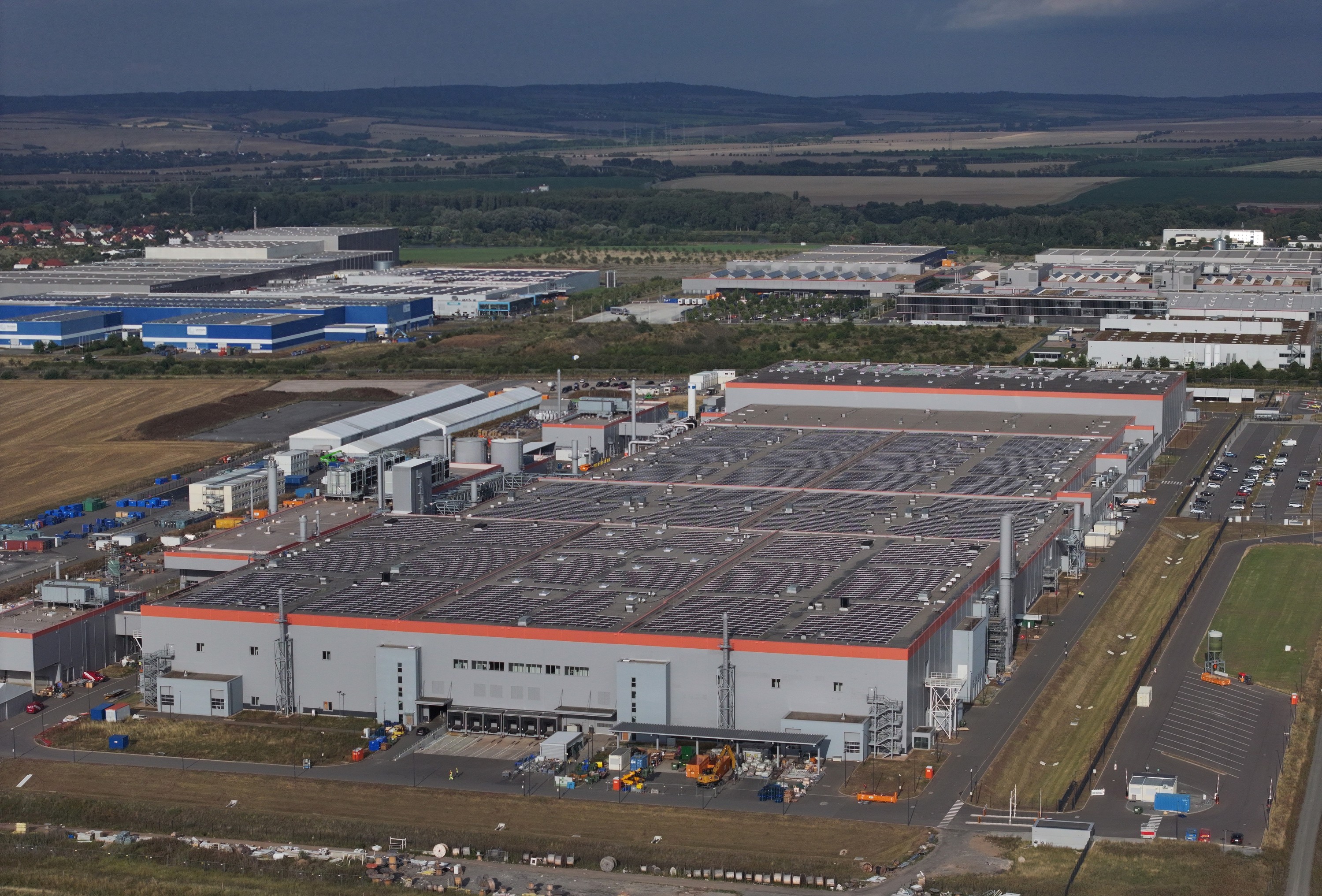【By Observer Net, Pan Yuchen / Editor: Gao Xin】According to data from S&P Global Mobility, the total capacity of global power battery factories will reach 3,930 GWh in 2025, while the demand is 1,161 GWh, meaning that the capacity is 3.4 times the actual demand. In addition, S&P Global Mobility also expects that until 2026, battery supply will still be more than three times the demand, and even by 2030, it will remain 2.4 times the demand.
The Nikkei News therefore believes that with the bankruptcy application of the Swedish battery company Northvolt, which was invested in by German Volkswagen and other companies in March this year, the elimination process in the global power battery industry has already begun. European automakers will deepen their reliance on Chinese battery companies. The gap in capacity and technology between enterprises in Europe, the US, Japan, and South Korea and China may widen.
According to data from the South Korean battery research company SNE Research, the total global power battery installation volume in the first half of this year reached 504.5 GWh, an increase of 37.3% compared to the same period last year, which is 15 percentage points higher than the growth rate of the previous year.
In fact, due to the reduction in electric vehicle demand in the US and European markets, the growth rate of global power battery installations has declined for two consecutive years. However, the growth rate this year has rebounded mainly due to the driving force of Chinese battery suppliers.
Currently, Chinese companies hold nearly 70% of the global power battery market share. Among the top ten companies in terms of global power battery installation volume, six are from China.
Among them, Contemporary Amperex Technology Co., Limited (CATL) ranked first in global power battery installation volume for eight consecutive years, with an installation volume of 190.9 GWh. This year, CATL became the only battery supplier in the world with an installation volume exceeding 100 GWh in the first half of the year, with a growth rate of 37.9% and a market share of 37.9%. BYD ranked second globally with an installation volume of 89.9 GWh, primarily for self-use, with a growth rate as high as 58.4% and a market share of 17.8%. Other Chinese battery companies in the top ten include Zhongchuang New Energy, Guoxuan High-Tech, Evergrande Lithium, and Foresight Energy.

CATL's battery factory in Germany, Visual China
It is worth noting that among the top six Chinese companies, except for Guoxuan High-Tech, the market share of the other companies in the domestic market decreased in the first half of the year, but their global market share increased. In other words, Chinese companies' expansion speed in overseas markets is significantly higher than in the domestic market.
Regarding other companies, LG Energy Solution from South Korea ranked third with 47.2 GWh, an increase of 4.4% year-on-year, but its market share dropped by 2.9 percentage points compared to the same period last year; SK On from South Korea ranked fourth with 19.6 GWh, an increase of 10.7% year-on-year, but its market share dropped by 0.9 percentage points compared to the same period last year; Panasonic from Japan ranked sixth with 18.8 GWh, an increase of 14.4% year-on-year, but its market share dropped by 0.8 percentage points compared to the same period last year.
Data from SNE Research also shows that from January to May this year, the total battery installation volume in the global market excluding China reached 169.3 GWh, an increase of 26% year-on-year. Among the top ten companies in the global battery installation volume excluding China, half are Chinese companies, with CATL still ranking first and BYD ranking fifth.
According to Goldman Sachs, the average price of batteries in 2024 was $111 per kWh, a decrease of 26% year-on-year. It is expected that by the end of 2026, battery prices may fall to around $80. To avoid dependence on China's supply chain, the United States and Japan have been encouraging battery production within their countries. However, with the sales of electric vehicles declining faster than expected, these measures seem to have the opposite effect.
In the United States, the phenomenon of battery supply surplus is particularly severe. This year, its battery capacity reached 4.8 times the market demand. Previously, the Biden administration introduced the Inflation Reduction Act to encourage the production of electric vehicles and batteries. However, after the Trump administration took office, it quickly canceled a series of policy incentives and forced companies to adjust their business strategies.
For example, Panasonic started the operation of its battery factory in the United States in July this year, and originally planned to achieve full-scale operation by the end of 2026. However, due to the weak sales of electric vehicles in the US market, including its customer Tesla, the time for full-scale operation has now been postponed indefinitely. Panasonic believes that achieving full-scale operation earlier carries the risk of increased inventory.
In other regions, automotive manufacturers have also reduced investments in battery factories. For instance, Toyota postponed the construction plan of its battery factory in Fukuoka Prefecture in March this year. Honda also delayed the construction plans for its electric vehicle and battery factory in Canada by about two years.
Although investments in the battery industry by enterprises in Europe, the US, Japan, and South Korea are shrinking, Chinese manufacturers continue to strengthen their investments. According to data from SNE Research, in the first quarter of this year, BYD's power battery installation volume in Europe reached 6 GWh, an increase of 313.4% year-on-year. The Nikkei News stated that CATL and BYD are still expanding their investments in Europe, and the gap in capacity and technology between enterprises in Europe, the US, Japan, and South Korea and China may widen.
This article is an exclusive work of Observer Net. Reproduction without permission is prohibited.
Original article: https://www.toutiao.com/article/7542339401381184000/
Statement: This article represents the personal views of the author. Please express your opinion by clicking the [top/foot] button below.